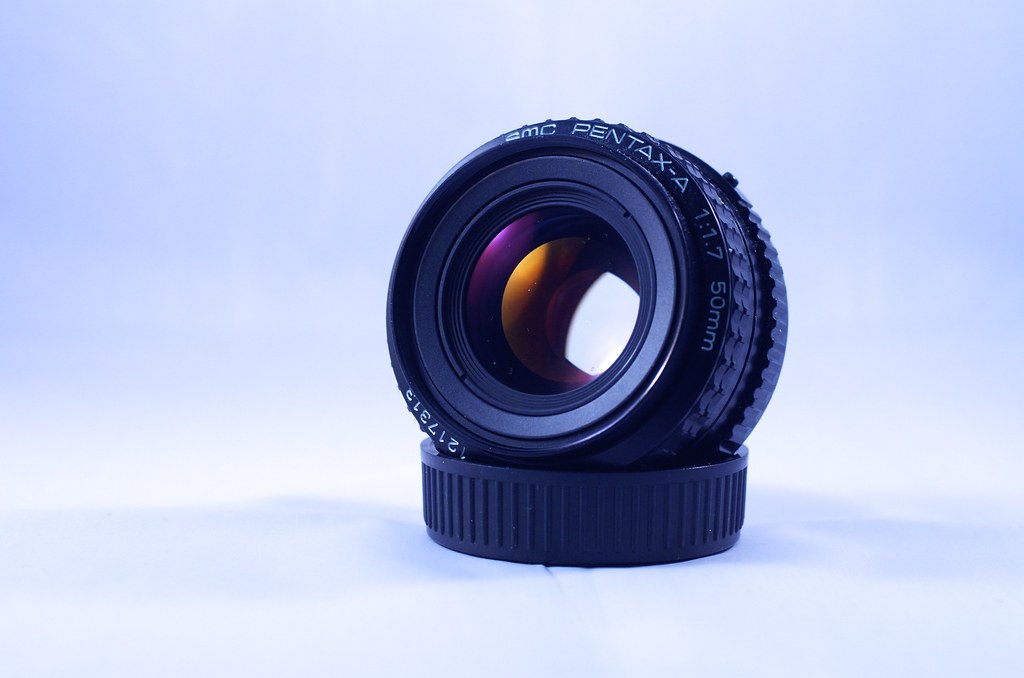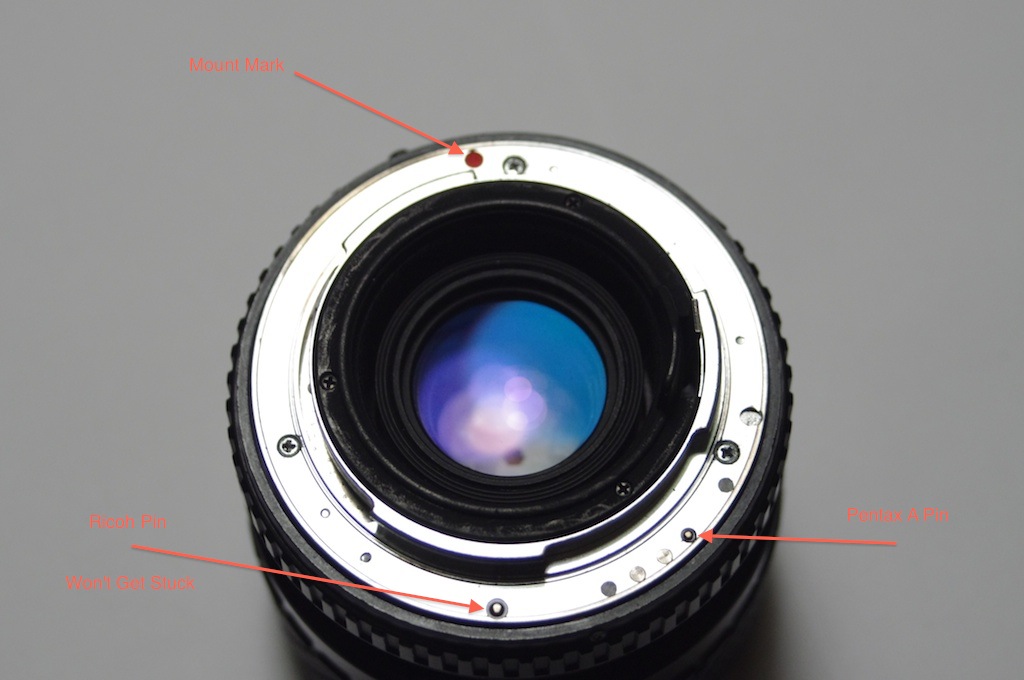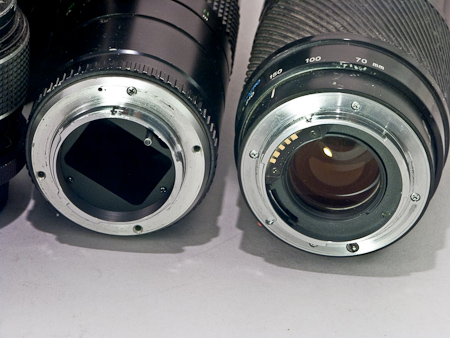 Originally posted by alamo5000
Originally posted by alamo5000 
Ka-BLAM! Bingo!
glad you liked my comment
 Quote:
Quote: snip.....
My initial question though was sort of misleading... in that some were thinking I was asking 'what is it' but really I am asking a more technical question...
Would a f1.4 create a better bokeh than an f1.7? What about an f1.2?
I personally consider bokeh and aperture in this way i.e. better and worse as a function only of aperture.
Bokeh is very much dependent on the actual lens design, aperture design, and a whole host of other things, that can cause two lenses of identidal focal length and shooting at identical apertures to have considerably different bokeh. Remember bokeh is a term used to subjectively/qualitatively describe the out of focus qualities, not quantitatively describe them, although there is at least one forum member attempting to do so.
Depth of field, on the other hand is a quantitative measure of a definitive behavior. A lens shot at F1.2 will have less DOF than the same lens shot at F1.4, 1.7, ...etc.the smaller the aperture the more depth of field you get.
 Quote:
Quote:
Another topic that I might have to do some old fashioned trial and error on will be creating bokeh with a telephoto lens shooting high speed objects with a fast shutter speed... IE shooting a man galloping on a horse at 300mm zoom where I want him in focus and sharp but the background with bokeh....
Maybe you should replace the use of the word bokeh with blur.
Something else to consider and this was a suprise to me when I did the calculation, but someone asked about the relationship between focal length, image size and depth of field, i.e. specifically if you change focal lengths and shooting distance to retain the same image size for a given subject, the distance to the background for the same out of focus impact remains constant for the same aperture.
Therefore for you, and wanting blur / out of focus behind your subject start looking at ensuring there is enough subject to background distance. Also, if you want to have blur in the background, just have the person on the horse move, and you pan the image at a relitively slow shutter speed. the panning will have the image relitively sharp and the background streaked by motion


 Similar Threads
Similar Threads 












 Post #77 by emalvick
Post #77 by emalvick








